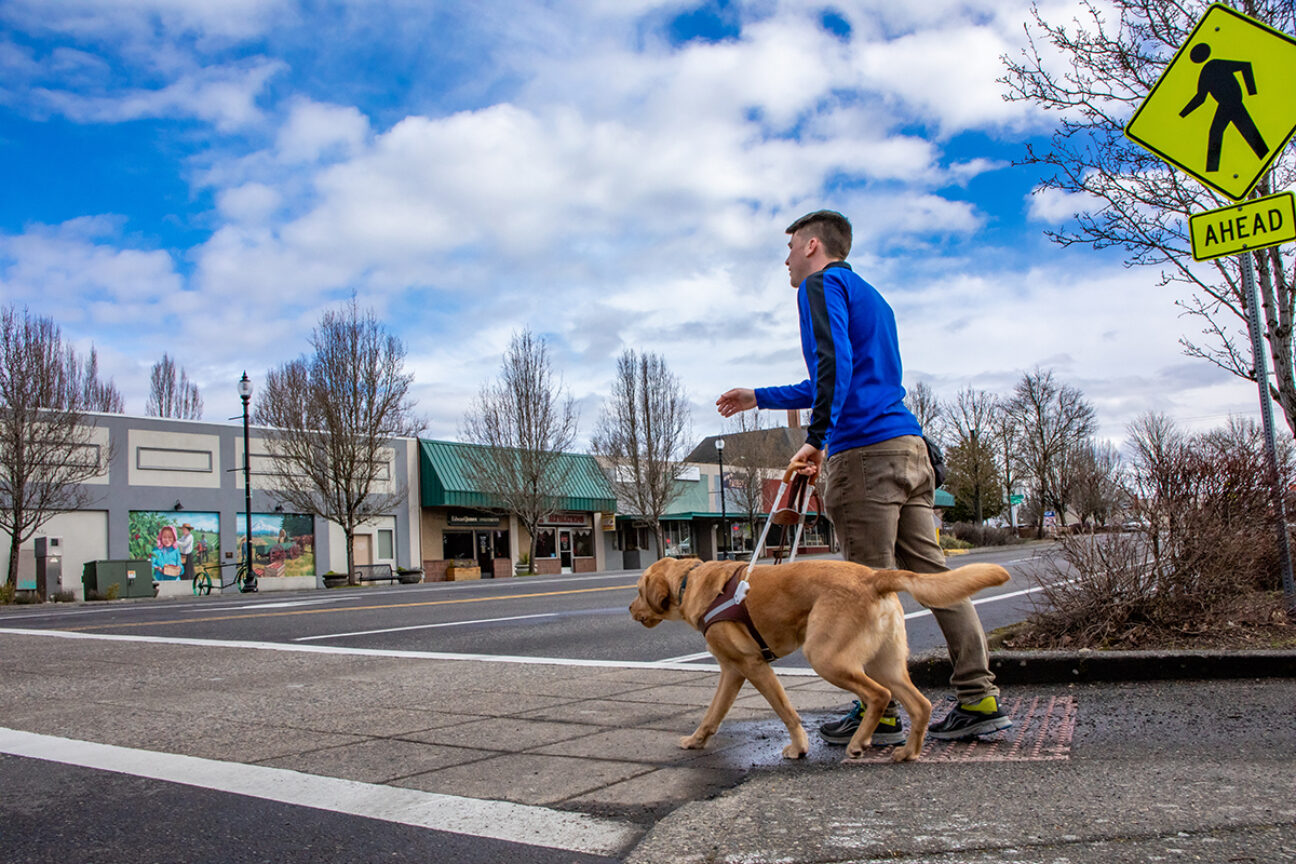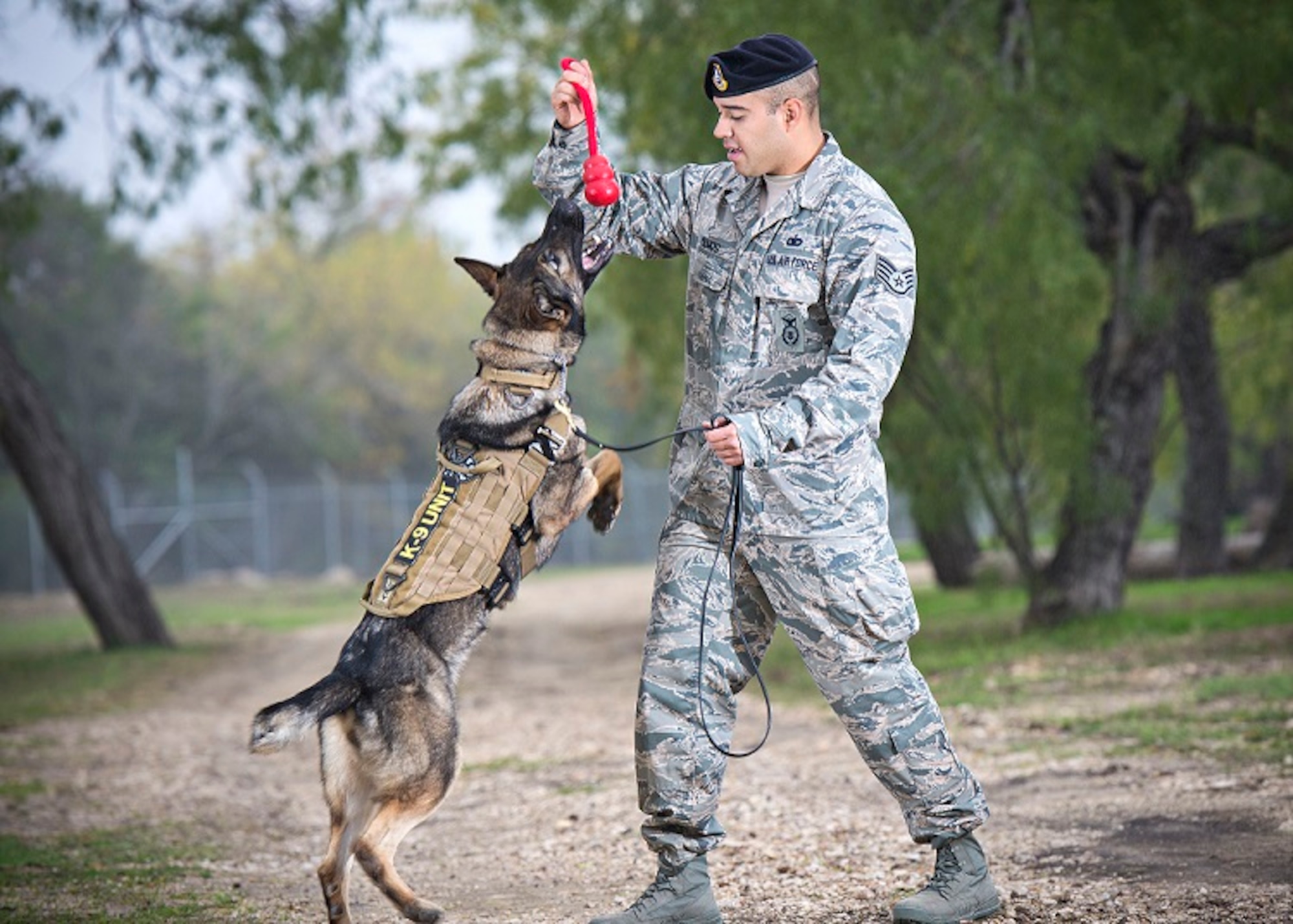Common Mistakes to Avoid During Dog Training for Better Results
Novice's Guide to Effective Dog Training in the house
Efficiently educating a canine at home calls for a nuanced understanding of canine actions and effective interaction methods. Developing clear training goals, utilizing top notch rewards, and keeping consistency across family members are crucial elements. Integrating training into everyday routines can improve both involvement and retention.
Recognizing Pet Behavior
Recognizing pet dog behavior is necessary for effective training and fostering an unified partnership in between people and their canine friends. Pets connect largely via body movement, articulations, and faces, making it critical for proprietors to analyze these signals precisely. Acknowledging behaviors such as tail wagging, roaring, or trembling can give insights right into a pet dog's mood and objectives.

Common behavioral problems, such as aggressiveness, stress and anxiety, or extreme barking, frequently originate from misunderstandings or unmet requirements. Observing and resolving these issues without delay can prevent acceleration and make certain a positive training experience. By promoting a deep understanding of pet actions, owners can customize their training methods to fit their canine buddies, inevitably bring about a satisfied and well-behaved pet.
Essential Training Tools
A well-equipped training room can dramatically improve the effectiveness of pet training in the house. Crucial training devices make sure that both the instructor and the pet dog can participate in efficient sessions that cultivate understanding and bonding.

Spending in a sturdy chain and a comfy, well-fitting collar or harness is crucial for safety and control. These tools assist establish borders and guarantee the dog remains secure during training. Additionally, an assigned training location, without diversions, aids focus for both the instructor and the pet dog.
Educating aids such as training pads, cones, or agility equipment can likewise enhance the experience by introducing range and challenges. Having a notebook or digital app for tracking progression can be very useful, allowing you to note successes and areas for renovation. Using these important devices will certainly produce a favorable training atmosphere and lay the foundation for efficient learning.
Creating a Training Regimen
Developing a constant training routine is vital for reliable dog training in your home. A well-structured routine not only assists in strengthening wanted actions however likewise gives your pet with a sense of protection and predictability. To develop an effective training routine, start by identifying particular training goals, such as fundamental commands, leash walking, or house-breaking.
Select an assigned time every day for training sessions, preferably when your dog is receptive and alert. Procedure needs to be brief, about 5 to 15 mins, to preserve emphasis and stop fatigue. Uniformity in timing and atmosphere will certainly improve your pet dog's discovering experience.
Integrate training right into day-to-day tasks to strengthen abilities. Practice commands during walks or mealtime, which integrates finding out into natural routines. Additionally, continue to be versatile and adjust the regular as needed, suiting your canine's energy levels and state of mind.
Positive Reinforcement Techniques
Favorable reinforcement techniques are fundamental to efficient pet dog training, promoting wanted habits through rewards as opposed to punishment. This method makes use of favorable stimuli, such as treats, appreciation, or playtime, to motivate dogs to duplicate particular activities. The keystone of this technique is timing; rewards need to be provided instantly complying with the wanted habits to develop a clear association.
When implementing favorable reinforcement, it is essential to select rewards that are encouraging for your important link pet dog. High-value deals with, such as small items of chicken or cheese, can be specifically effective throughout training sessions. Additionally, varying the rewards can keep your dog's rate of interest and excitement.
Start with simple commands, like "sit" or "remain," and progressively progression to a lot more complex tasks. Uniformity is key; ensure that all relative use the same commands and incentive systems to prevent complication.
In addition, it is important to remain individual and stay clear of stress. Canines, like humans, learn at their own rate. By promoting an encouraging training atmosphere with favorable reinforcement, you can enhance your pet's discovering experience while reinforcing the bond in between you and your fuzzy buddy, preparing for effective training end results.
Typical Educating Obstacles
While training a canine at home can be a fulfilling experience, it frequently includes a collection of common obstacles that can test both patience and consistency. One common concern is diversion. Pets might come to be conveniently averted by sounds, activities, and even scents in their atmosphere, making it hard to keep their emphasis throughout training sessions.
An additional obstacle is inconsistency in commands and support. If relative utilize various signs or incentives, it can hinder and confuse the dog progress. Developing a unified method is vital for efficient interaction.
Additionally, pets can experience aggravation or tension, especially if they do not understand what is expected of them. This can bring about unwanted habits, such as chewing or barking.
Finally, the timing of support is important (Dog training). Delayed rewards can decrease the performance of favorable reinforcement, as pets might fall short to connect the behavior with the benefit
Getting rid of these obstacles calls for commitment, clear communication, and an organized training strategy. Acknowledging and addressing these usual challenges helpful hints will lead the way for an extra effective and satisfying training experience at home.
Verdict
In conclusion, successful pet training at home necessitates a comprehensive understanding of canine behavior and reliable communication techniques. By establishing clear training goals and utilizing premium deals with alongside positive reinforcement, the training procedure comes to be much more rewarding for both the pet dog and the trainer.
Establishing a constant training regimen is crucial for effective pet dog training at home.Favorable support techniques are essential to efficient canine training, promoting wanted behaviors with incentives instead than punishment (Dog training). By promoting a supportive training atmosphere through positive reinforcement, you can boost your pet's knowing experience while why not find out more strengthening the bond in between you and your furry companion, laying the groundwork for successful training outcomes
In final thought, successful canine training at home necessitates a detailed understanding of canine behavior and effective communication strategies. By developing clear training goals and utilizing high-grade deals with together with favorable reinforcement, the training process ends up being more rewarding for both the fitness instructor and the canine.